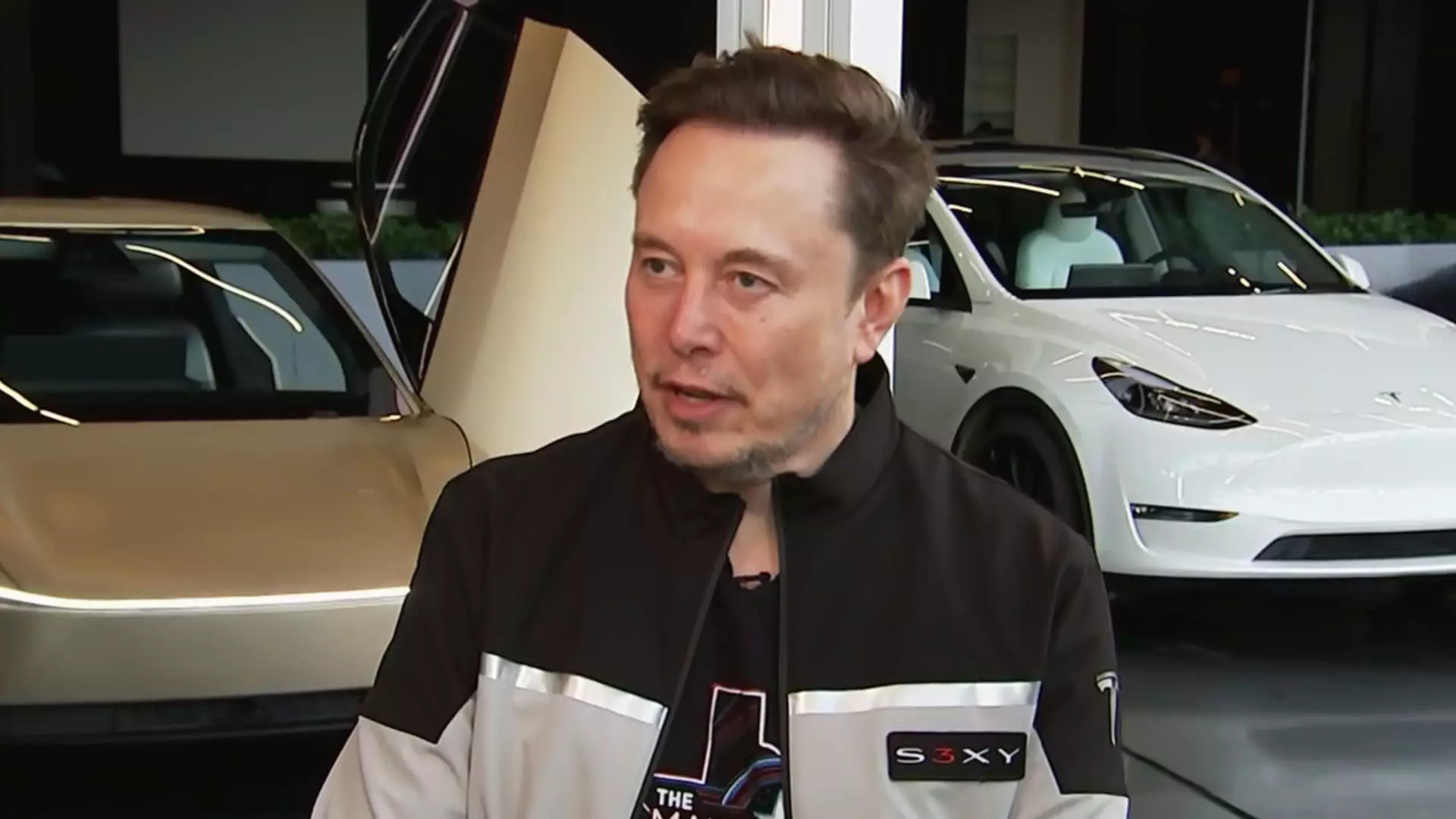When it comes to visionary tech leaders, Elon Musk occupies a unique niche. With ambition rivaled only by his public personas, he has shaped various industries, but his promises come with a track record that often exceeds expectations. His announcement that Tesla’s robotaxi service will be operational in Austin, Texas, by the end of June is another bold claim that has the potential to alter the transportation landscape or, conversely, turn into yet another Muskian mirage. Despite years of assurances about a self-driving future, Tesla’s target keeps moving. As Musk himself admitted, they have promised a self-driving car “about a year away” since 2016. Skepticism is increasingly reasonable when considering whether this latest initiative will finally live up to its advance billing.
Scaling Down to Scale Up
Musk’s decision to begin with a mere ten vehicles feels like a drop in an exceptionally large bucket for a company that has the ambitious goal of rapidly scaling up its fleet. While it’s wise to test the waters with a small fleet—allowing Tesla to ensure safety and performance—it also feels like a retreat from the bravado that usually defines Musk’s ventures. Will ten vehicles truly give them sufficient data to judge viability? Musk assures the public that these Model Y robotaxis will be geofenced, tightly controlling where they can operate. Yet, one cannot help but wonder whether this cautious approach sends mixed signals about Tesla’s readiness to disrupt the transportation industry.
Challenging Established Competitors
The landscape for autonomous vehicles is populated with fierce competitors, most notably Alphabet’s Waymo, which operates a successful commercial ride-hailing service that has quickly expanded into multiple markets. With Waymo managing to conduct 250,000 paid rides weekly, Musk’s declaration that Tesla’s approach is “more ambitious” feels almost like a dare. He claims reliance on camera-based systems and computer vision, dismissing the need for sophisticated sensors like lidar and radar, which many believe are crucial for navigating the complexities of urban environments. The question arises: can an AI system, grounded in cameras, truly compete with more comprehensive multimodal sensor approaches?
A Positive or Negative Political Impact?
Musk’s involvement in political circles, particularly his association with Donald Trump, adds a complicated layer to his business endeavors. Some may argue that Tesla has experienced a decline in EV sales—reporting a 20% drop in revenue in the first quarter of 2025—because of external backlash related to Musk’s political affiliations. During these tumultuous times, consumers are becoming increasingly aware of the values behind the products they choose to purchase. The question then becomes: do customers really care about the political views of a CEO when making a purchase? Or has Musk’s polarizing presence decreased public faith in his ventures? While it’s commendable that Musk plans to steer Tesla through these rocky waters for at least five more years, the connection between his business ethos and political views remains a contentious point of discussion that may impact sales.
The Wealth Paradox
According to the Bloomberg Billionaires Index, Musk’s estimated net worth stands at an astounding $376 billion, making him one of the wealthiest individuals on the planet. However, this wealth comes with significant scrutiny. His financial acumen, when juxtaposed with controversial public engagements, raises an important paradox about the modern corporation’s role in society. Should a company’s revolutionary technologies overshadow the problematic actions or ideologies of its leadership? As Tesla makes strides in innovative tech, we must consider whether their advancements come at the cost of ethical governance. Is it right for a company this significant to ride on the coattails of its CEO’s personality, whether positive or negative?
Monitoring While Flying Solo
Musk has promised a completely human-free operational safety net for these robotaxis. While Tesla employees will remotely monitor the fleet, there is a dangerous game at play when it comes to relying on technology without human oversight in the early stages of deployment. The vision of fully autonomous travel conjures images of a utopian society where machines handle our transit needs with flawless precision. Reality, however, tends to be more complicated. Will a computer truly manage the unpredictable variables of real-world driving, or are we setting ourselves up for a scenario where safety is sacrificed for the sake of progress?
Musk’s recent announcements about Tesla’s future paint a picture filled with potential and pitfalls. With immense capabilities, there are many variables at play that could define the trajectory of both the brand and the man leading it.

